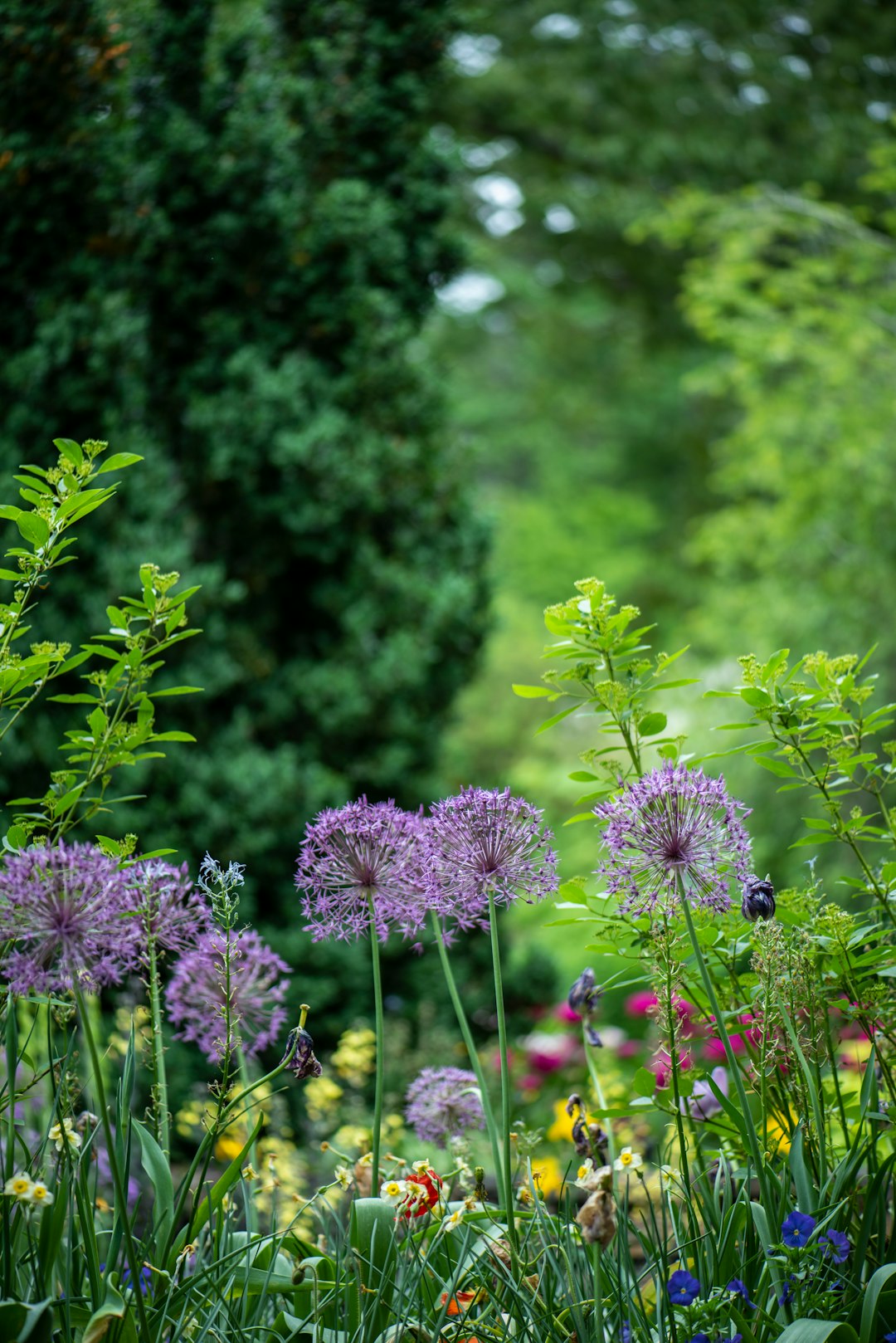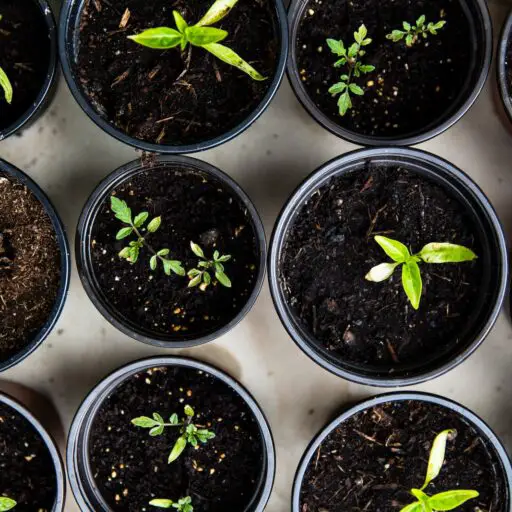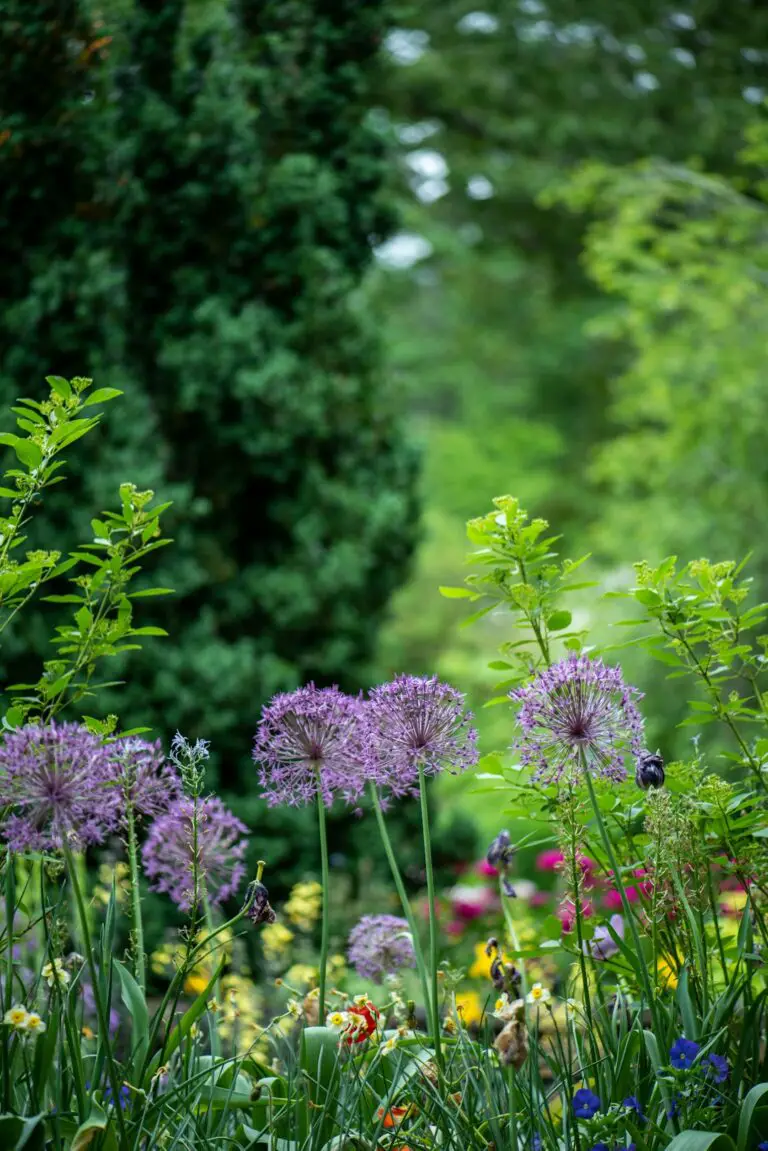Support our educational content for free when you purchase through links on our site. Learn more
Community gardens are more than just patches of green in urban landscapes; they are vibrant spaces where community spirit flourishes, and relationships blossom. Did you know that cities with community gardens often report a 30% decrease in crime rates? 🌍 This fascinating statistic is just one of the many reasons why community gardens are essential for fostering connections and improving neighborhoods. In this article, we’ll explore the multifaceted benefits of community gardens through a comprehensive essay that highlights their importance, challenges, and the joy they bring to communities. Whether you’re a seasoned gardener or a curious newbie, you’ll find valuable insights and inspiration to either start your own garden or get involved in an existing one!
Key Takeaways
- Community gardens enhance social connections: They bring people together, fostering friendships and collaboration.
- Health benefits: Gardening promotes physical activity and access to fresh produce, improving overall well-being.
- Sustainability: Community gardens contribute to environmental health by promoting biodiversity and reducing waste.
- Educational opportunities: They serve as hands-on learning spaces for gardening, nutrition, and sustainability practices.
- Overcoming challenges: While community gardens face hurdles like funding and conflict, the rewards far outweigh the difficulties.
Ready to dig in? If you’re looking for the right tools to kickstart your gardening journey, shop gardening tools on: Amazon | Walmart | Home Depot.
Table of Contents
- Quick Tips and Facts
- The Rich History of Community Gardens
- Why Community Gardens Matter: Benefits for All
- How to Start Your Own Community Garden
- Essential Tools and Supplies for Community Gardening
- Top 10 Plants for Community Gardens
- Building Community Through Gardening: Stories and Anecdotes
- Sustainability and Community Gardens: A Perfect Match
- Overcoming Challenges in Community Gardening
- Engaging the Community: Events and Activities
- The Role of Technology in Modern Community Gardens
- Conclusion
- Recommended Links
- FAQ
- Reference Links
Quick Tips and Facts
As gardeners at Community Gardening™, we’re excited to share our knowledge with you. Did you know that community gardens can help combat global warming? 🌎 Check out our related article on How Plants Combat Global Warming: 10+ Ways Nature Fights Climate Change to learn more. Here are some quick tips and facts to get you started:
- Community gardens can be used to grow a variety of fruits, vegetables, and flowers.
- They provide a space for people to come together and build relationships.
- Community gardens can help to reduce crime and improve the overall appearance of a neighborhood.
- They can also serve as a educational tool, teaching people about sustainable gardening practices and the importance of community involvement.
Benefits of Community Gardens
Community gardens offer numerous benefits, including:
- Improved mental and physical health
- Increased access to fresh, healthy food
- Opportunities for socialization and community building
- Enhanced environmental sustainability
The Rich History of Community Gardens

Community gardens have a rich history that dates back to the 19th century. 🌳 They were originally used as a way to provide food for urban residents, but have since evolved to become so much more. Today, community gardens can be found in cities and towns all over the world, and are used for a variety of purposes, including education, recreation, and community building. To learn more about the history of community gardens, check out the National Gardening Association website.
Why Community Gardens Matter: Benefits for All
Community gardens are important because they provide a space for people to come together and build relationships. 🌈 They also offer numerous benefits, including improved mental and physical health, increased access to fresh, healthy food, and opportunities for socialization and community building. According to the American Community Gardening Association, community gardens can also help to reduce crime and improve the overall appearance of a neighborhood.
How to Start Your Own Community Garden
Starting your own community garden can be a rewarding experience, but it requires some planning and effort. 🌱 Here are the steps to follow:
- Find a location: Look for a spot that gets plenty of sunlight and has access to water.
- Build a team: Recruit a group of dedicated volunteers to help with the garden.
- Plan the garden: Decide what type of garden you want to create and what features you want to include.
- Obtain necessary permits: Check with your local government to see if you need any permits or licenses to operate a community garden.
- Start small: Begin with a small plot of land and gradually expand as your garden grows.
Essential Tools and Supplies for Community Gardening
Having the right tools and supplies is essential for any community garden. 🛠️ Here are some of the most important items to have:
- Gardening gloves: Protect your hands from thorns and dirt.
- Shovels and trowels: Use for digging and planting.
- Rakes and hoes: Use for weeding and cultivating the soil.
- Watering cans and hoses: Use for watering plants.
- Compost and fertilizer: Use to enrich the soil and promote healthy plant growth.
Top 10 Plants for Community Gardens
Here are the top 10 plants for community gardens:
- Tomatoes: A classic choice for any garden.
- Cucumbers: Easy to grow and versatile.
- Carrots: A great choice for beginners.
- Radishes: Fast-growing and delicious.
- Lettuce and other greens: Perfect for salads and sandwiches.
- Herbs: Such as basil, mint, and cilantro.
- Peppers: Bell peppers and hot peppers are both great choices.
- Zucchini and other summer squash: Easy to grow and abundant.
- Green beans: A classic choice for any garden.
- Flowers: Such as marigolds, sunflowers, and zinnias.
Building Community Through Gardening: Stories and Anecdotes
Community gardens are not just about growing plants, they’re also about building relationships and creating a sense of community. 🌻 Here are a few stories and anecdotes from our own experiences:
- We’ve seen strangers become friends over a shared love of gardening.
- We’ve watched children learn and grow as they help with the garden.
- We’ve seen the positive impact that community gardens can have on mental and physical health.
Sustainability and Community Gardens: A Perfect Match
Community gardens and sustainability go hand-in-hand. 🌿 Here are a few ways that community gardens can promote sustainability:
- Reducing waste: Community gardens can help reduce waste by composting and reusing materials.
- Conserving water: Community gardens can help conserve water by using efficient irrigation systems and collecting rainwater.
- Promoting local food systems: Community gardens can help promote local food systems by providing fresh, healthy produce to the community.
Overcoming Challenges in Community Gardening
Community gardening is not without its challenges. 🌪️ Here are a few common challenges that community gardens may face:
- Finding funding: Community gardens often rely on donations and grants to operate.
- Dealing with pests and diseases: Community gardens can be vulnerable to pests and diseases, which can damage plants and reduce yields.
- Managing conflict: Community gardens can be a source of conflict, particularly if there are disagreements over how to manage the garden.
Engaging the Community: Events and Activities
Community gardens can be a great way to engage the community and promote a sense of connection and belonging. 🎉 Here are a few ideas for events and activities:
- Workdays: Organize regular workdays to bring the community together and work on the garden.
- Classes and workshops: Offer classes and workshops on topics such as gardening, cooking, and sustainability.
- Potlucks and picnics: Host potlucks and picnics in the garden to bring people together and build relationships.
The Role of Technology in Modern Community Gardens
Technology can play a big role in modern community gardens. 📱 Here are a few ways that technology can be used:
- Online platforms: Use online platforms to connect with other gardeners, share knowledge and resources, and promote the garden.
- Social media: Use social media to promote the garden, share updates and photos, and engage with the community.
- Gardening apps: Use gardening apps to track progress, monitor weather and soil conditions, and receive reminders and notifications.
Conclusion

In conclusion, community gardens are more than just patches of green in urban settings; they are vibrant hubs of community engagement, sustainability, and education. They provide a unique opportunity for individuals to come together, learn from one another, and cultivate not only plants but also relationships. 🌼
Positives of community gardens include:
- Enhanced community bonds: They foster social connections and a sense of belonging.
- Access to fresh produce: They provide nutritious food options, contributing to better health.
- Environmental benefits: They promote biodiversity and sustainability practices.
Negatives might include:
- Resource limitations: Many gardens struggle with funding and access to necessary tools and supplies.
- Conflict management: Disagreements among members can arise regarding garden management.
Despite these challenges, we confidently recommend that everyone consider participating in or starting a community garden. The benefits far outweigh the drawbacks, and the experience can be life-changing! 🌍✨
Recommended Links
- 👉 Shop Gardening Tools on: Amazon | Walmart | Home Depot
- Books on Community Gardening:
FAQ

What are the benefits of community gardens for individuals and neighborhoods?
Community gardens offer numerous benefits, including:
- Improved mental health: Gardening can reduce stress and anxiety, providing a therapeutic outlet.
- Physical health: Engaging in gardening activities promotes physical fitness and healthy eating.
- Social cohesion: They create a sense of community, bringing together people from diverse backgrounds.
Read more about “What is the Economic Impact of Community Gardens? 10 Surprising Insights 🌱 …”
How can a community garden essay highlight the importance of sustainable practices?
A community garden essay can emphasize sustainable practices by discussing:
- Organic gardening techniques: Using natural fertilizers and pest control methods.
- Water conservation: Implementing rainwater harvesting and drip irrigation systems.
- Biodiversity: Encouraging the planting of native species to support local ecosystems.
Read more about “How Plants Combat Global Warming: 10+ Ways Nature Fights Climate Change 🌱”
What are some effective ways to start and maintain a successful community garden?
To start and maintain a successful community garden:
- Gather a dedicated team: Recruit volunteers who are passionate about gardening.
- Create a clear plan: Outline goals, responsibilities, and a maintenance schedule.
- Engage the community: Host events and workshops to keep interest high and attract new members.
Read more about “What Are the Mental Benefits of Community Gardens? 🌱 5 Key Insights …”
How can community gardens foster social connections and a sense of belonging?
Community gardens foster social connections by:
- Encouraging collaboration: Members work together on projects, building friendships.
- Hosting events: Regular gatherings, such as potlucks or workshops, create opportunities for interaction.
- Promoting inclusivity: They welcome individuals from various backgrounds, fostering understanding and acceptance.
Read more about “Unlocking 10 Incredible Community Garden Benefits 🌱 …”
What role do community gardens play in promoting food security and education?
Community gardens play a crucial role in:
- Food security: They provide access to fresh produce, especially in food deserts.
- Education: They serve as outdoor classrooms, teaching gardening skills, nutrition, and environmental stewardship.


